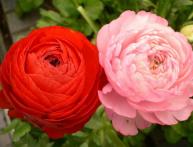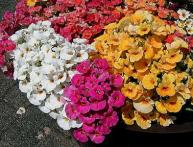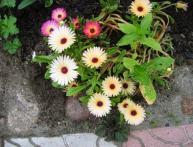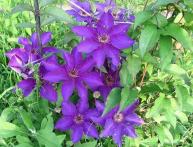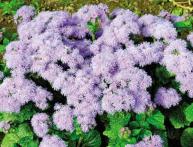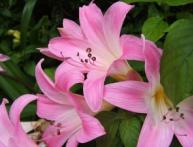perennial anemone or tender anemone
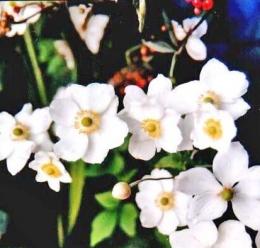
Anemone perennial comes from the Greek word anemos, meaning wind. Its Russian name, “anemone,” also refers to the wind, since it helps the plant pollinate and distribute seeds.
A snow-white carpet of rather large flowers is spread by the perennial anemone in the month of May, competing with such early flowering plants as forget-me-nots, phlox, primroses and others.
For many, anemones bloom a second time in September, blooming until frost. Anemone, as a rule, loves semi-shaded places, light and moist soil. The anemone grows quickly, forming a dense bush with palmately dissected leaves. Therefore, when the plant blooms its gorgeous flowers, they become higher than the leaves, forming a white flowering meadow, which is noticeable in any corner of the garden.
Anemone is perennial. Reproduction
Anemone is a perennial that reproduces by dividing its rhizome. Therefore, in early spring or in September, an overgrown bush is dug up, divided into parts and planted in fertile soil, watering immediately. Anemone and seeds reproduce independently with the help of the wind. At the end of flowering, a fluffy circle forms at the top of the stem - anemone seeds.
Perennial anemone in landscape design
Anemone looks especially effective when planted in small groups between flower beds and lawns, in rock gardens, on an alpine hill, in combination with low shrubs, giving the landscape exoticism and uniqueness with its dissected leaves.The snow-white carpet of flowers during flowering is especially captivating.

